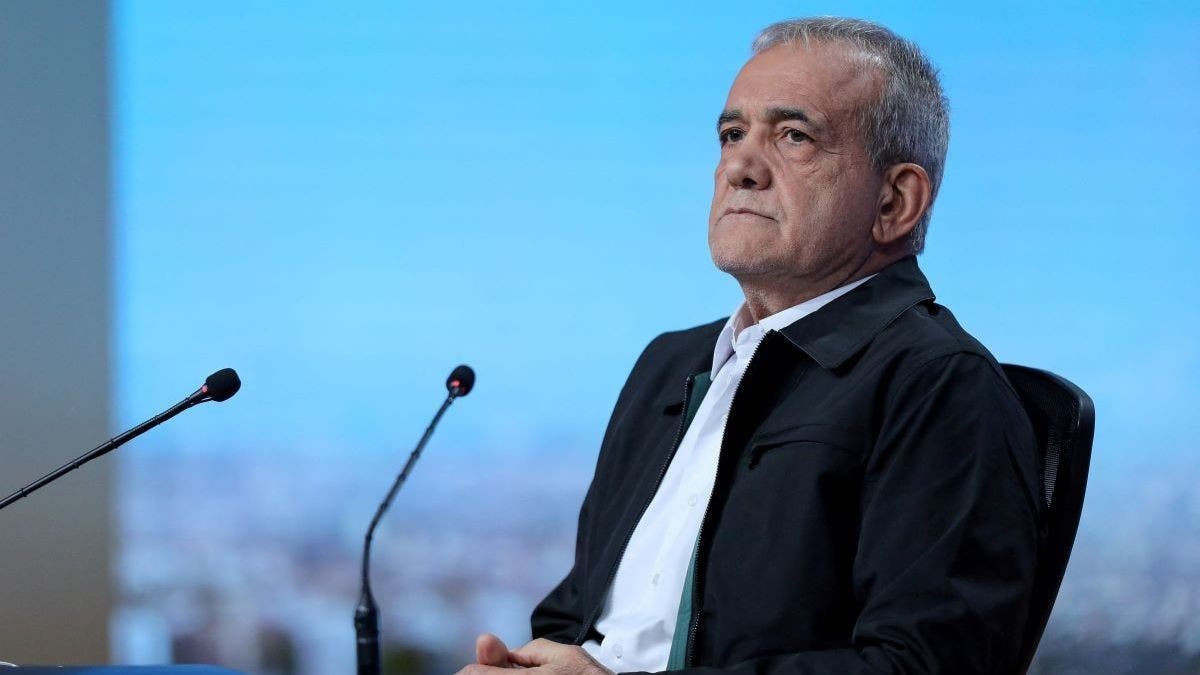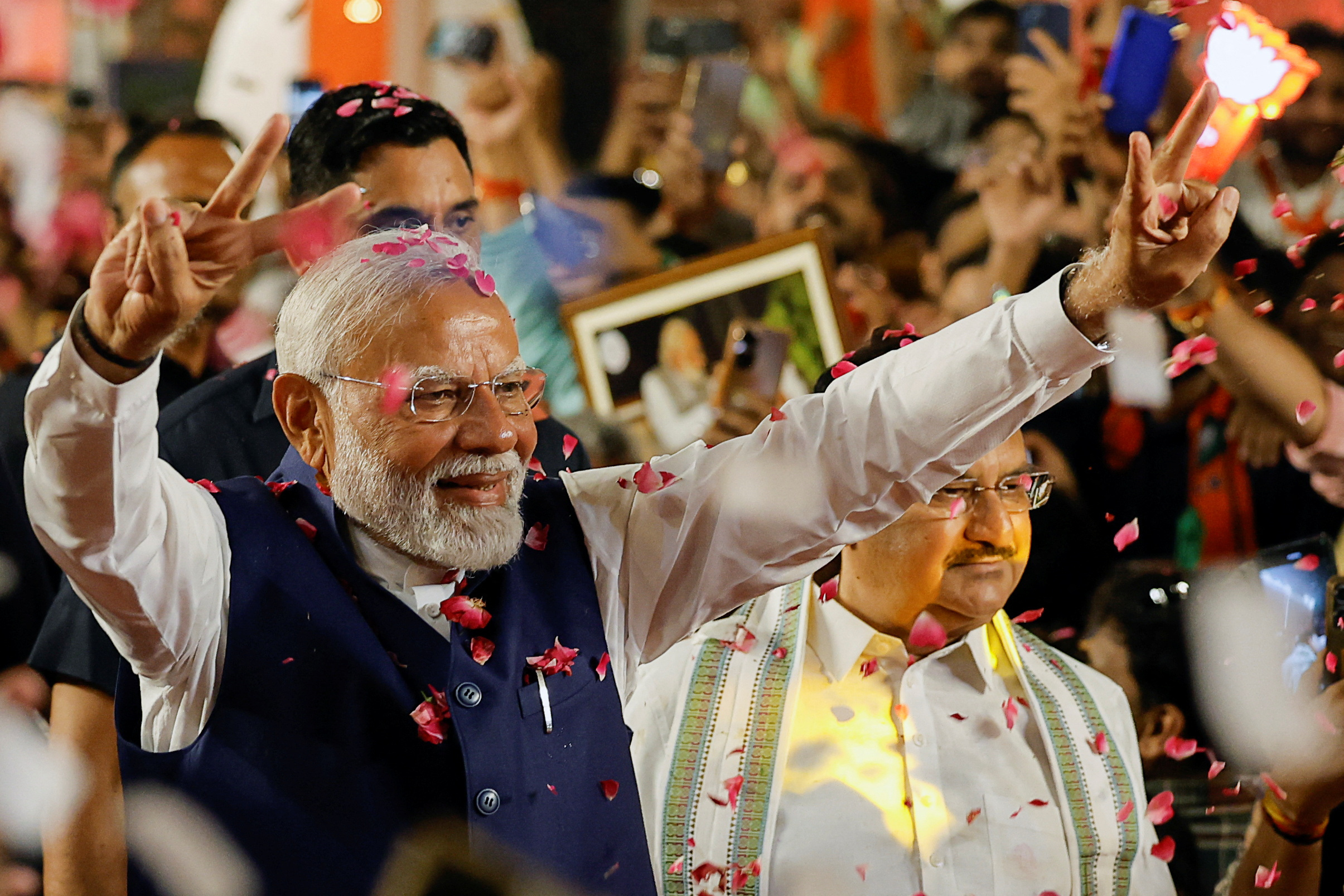Samoa, officially known as the Independent State of Samoa, is a country located in the South Pacific Ocean. Here is some information about the political system in Samoa:
- Parliamentary Democracy: Samoa operates as a parliamentary democracy. The Head of State is the O le Ao o le Malo, which is a non-executive position held for a five-year term. The Head of State is elected by the Legislative Assembly, consisting of Members of Parliament.
- Legislative Assembly: The Legislative Assembly of Samoa is the country’s unicameral legislature. It has a total of 51 Members of Parliament (MPs), with 47 MPs elected by popular vote from single-member constituencies and 4 MPs elected by the non-Samoan citizens’ constituency. MPs serve a term of five years.
- Executive Branch: The Prime Minister is the head of government in Samoa. The Prime Minister is the leader of the political party or coalition that commands the majority of seats in the Legislative Assembly. The Prime Minister is appointed by the Head of State and is responsible for leading the government and implementing policies.
- Political Parties: The two major political parties in Samoa are the Human Rights Protection Party (HRPP) and the Faatuatua i le Atua Samoa ua Tasi (FAST) Party. Other smaller political parties and independent candidates also participate in elections.
- Judiciary: The judiciary in Samoa is independent of the executive and legislative branches. The Supreme Court of Samoa is the highest court in the country, with appeals being heard by the Court of Appeal. The District Courts and the Land and Titles Court are the other lower courts in the country.
- Local Government: Samoa is divided into 11 administrative districts, each with its own local government known as a Village Council. The Village Councils have authority over local matters and are responsible for the administration of their respective villages.



